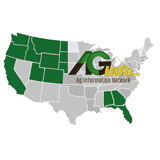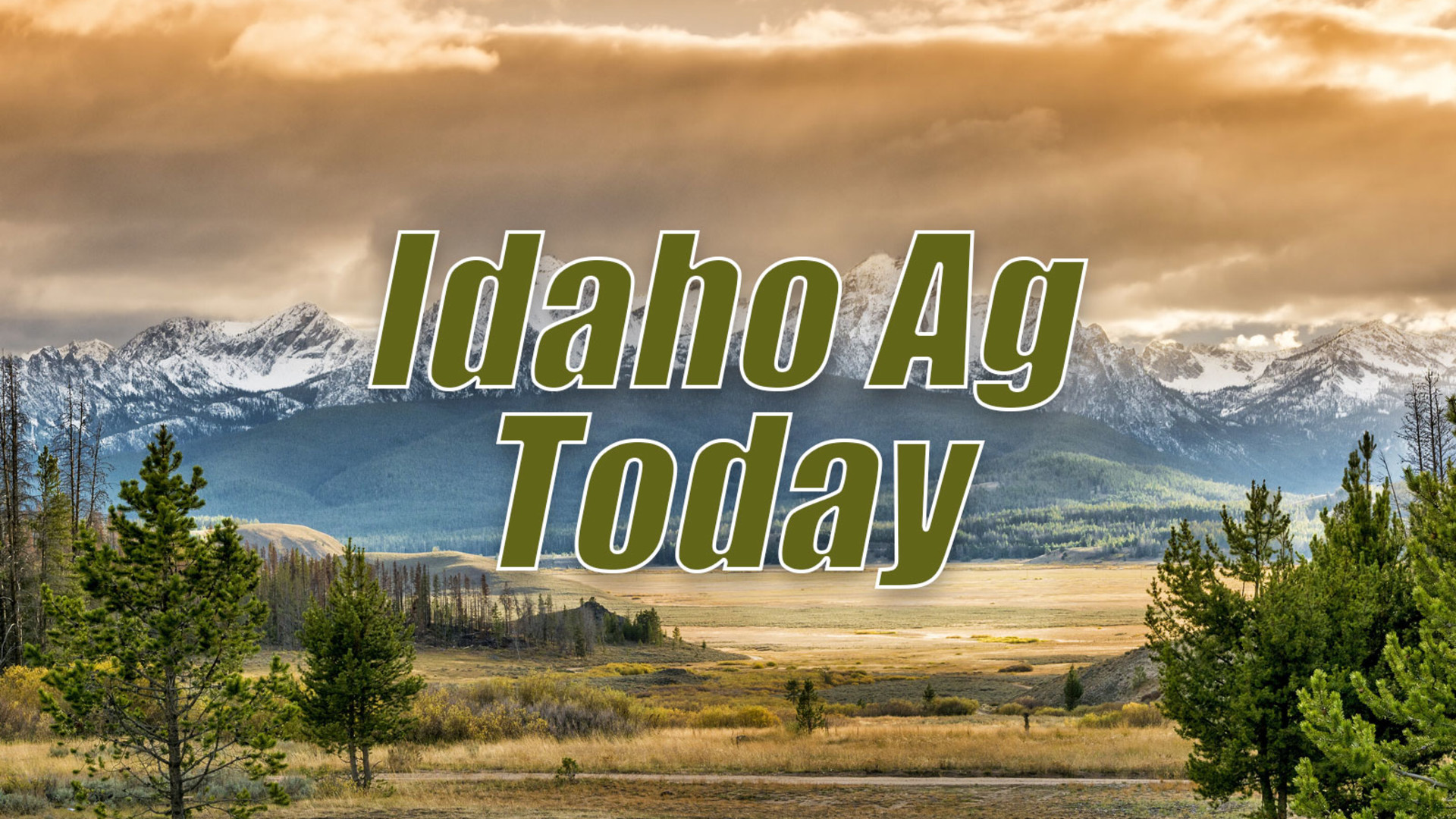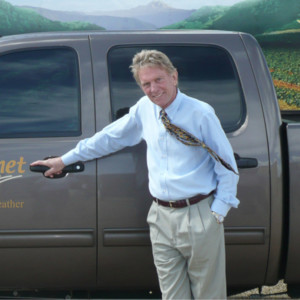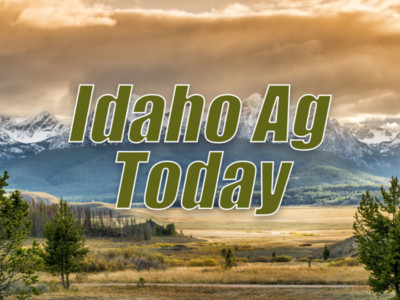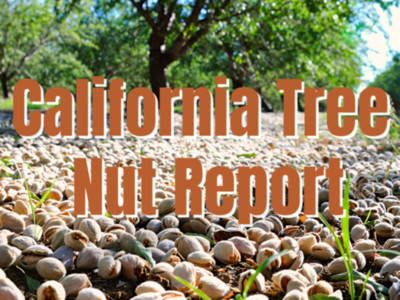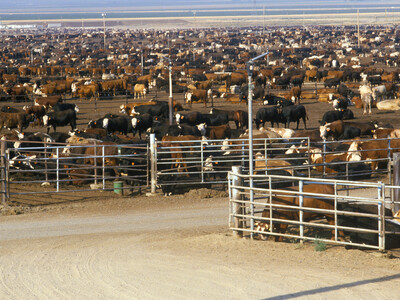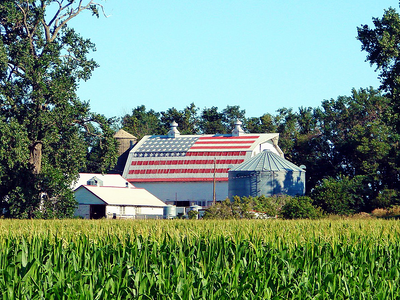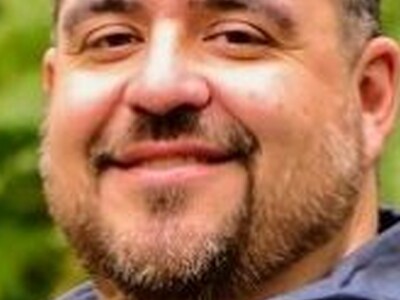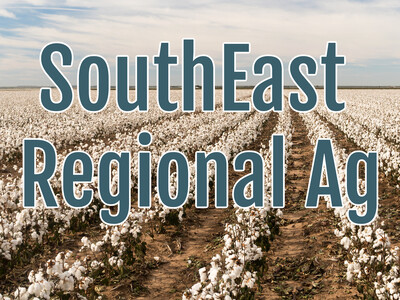Drone firefighter.
U of I tests drone for reseeding research ranch following wildfireUniversity of Idaho researchers hope to demonstrate that a large drone can be an effective tool for restoring wildfire-scorched rangeland in rugged and inaccessible locations.
Lightning sparked the Glendale Fire in the Wood River Valley on Sept. 2, 2024, burning sagebrush uplands, meadows and riparian areas, including the northern 2,000 acres of U of I’s Rinker Rock Creek Ranch. The research ranch is jointly managed by the College of Agricultural and Life Sciences (CALS) and the College of Natural Resources (CNR), with guidance from an advisory board that includes several key stakeholders.
U of I and partner organizations raised funding to have the federal Bureau of Land Management fly a helicopter and aerially seed 890 burned areas of a ranch last fall with a mixture of grasses. Budgetary considerations limited the scope of the applications.
U of I researchers have found a promising new seeding option in a 96-pound multicopter drone with a 9.5-foot diameter, which the college recently purchased using a $75,000 donation from AgWest Farm Credit. The drone, which has the capacity to apply seed and herbicides at a commercial scale, will be available for future research by either college, and plans are in the works to build a portable trailer with a launching pad and water and chemical tanks to support drone flights.
Tim Prather, a professor within the CALS Department of Plant Sciences and senior associate director of the Rangeland Center, is the lead on the restoration demonstration project, working with Jason Karl, a professor of rangeland ecology within CNR and director of the Rangeland Center.
The researchers will assess stand establishment and weed density of treated areas this spring before planning which areas may require additional seeding or herbicide treatments using the drone heading forward. They also plan to seed previously untreated burn areas with the drone this fall and winter.
“The target of this kind of drone is areas where it would be difficult or impossible to get in with ground equipment that are also not great for getting aerial equipment in,” Karl said. “This would allow you to do much more targeted applications.”
They’ll spend the summer figuring out the drone’s operational constraints and parameters, such as the ideal height to fly it during applications, how to calibrate the spreader for different sizes of seed and how to most efficiently swap batteries and fill tanks.
The drone is equipped with radar technology, enabling it to fly at a constant, low elevation above the ground regardless of the type of terrain. Prather intends to study the droplet distribution of drone applications for comparison with spray applications using crop dusters, helicopters and backpack sprayers.
“I think this drone may have some ability to give us better coverage overall because we can hug the landscape,” Prather said. “With an aircraft you can’t hug the ground as much.”
Another major benefit Prather envisions is that having access to the drone will allow the ranch to respond quickly to weed outbreaks, quashing them before they get out of hand.
The restoration project will use high-resolution satellite imagery taken before, during and after the fire to assess burn severity and determine restoration prescriptions. The demonstration project and the imagery should help the researchers develop a “decision matrix” informing land managers about optimal conditions and circumstances for making applications.
“The nice thing about the drone is it allows us to not prioritize based on terrain,” Prather said. “We can get to areas where we would not have been comfortable making applications with other equipment.”

